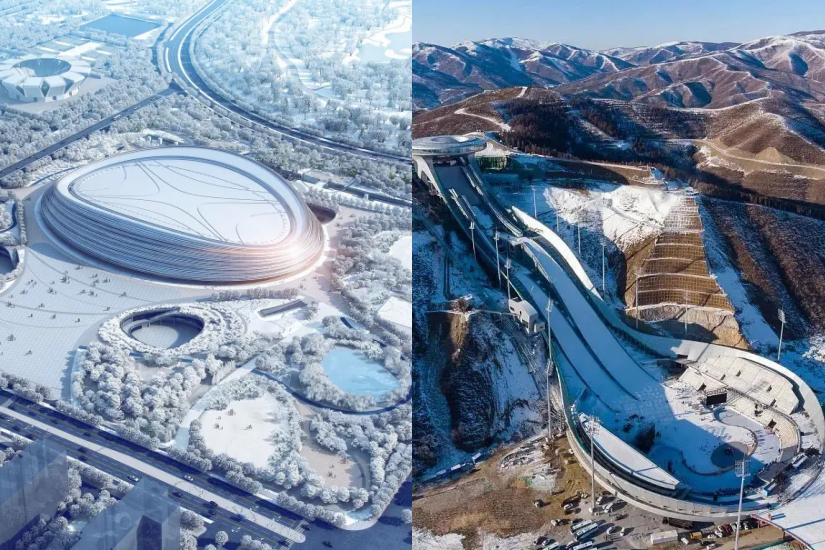The 2022 Beijing Winter Olympics is currently underway. In addition to the intense competition among athletes, the architectural designs of various venues have also caught the attention of global audiences. As a city that has hosted both the Summer and Winter Olympics, some of the venues from the 2008 Beijing Olympics will be reused in this edition of the Winter Olympics. There are also some new ice and snow venues specially built for this edition. Here, we will highlight 3 major feature venues for you!
“Snow Ruyi” – National Ski Jumping Center
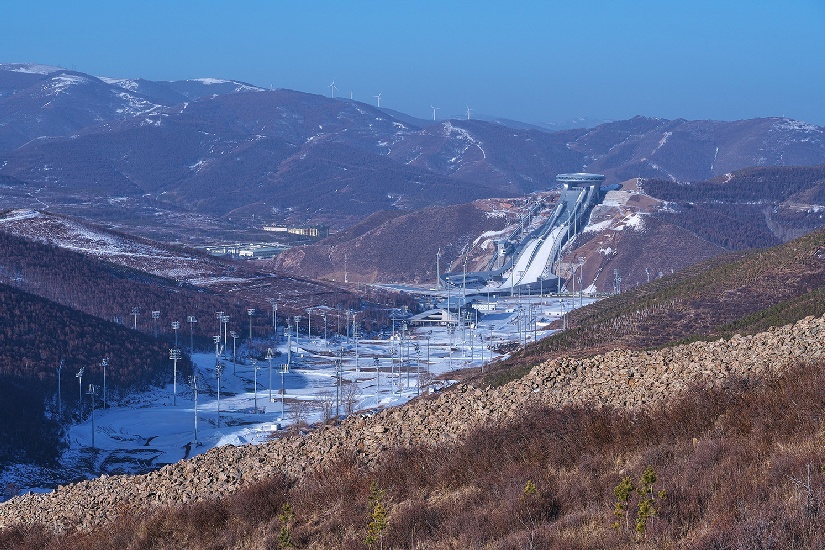
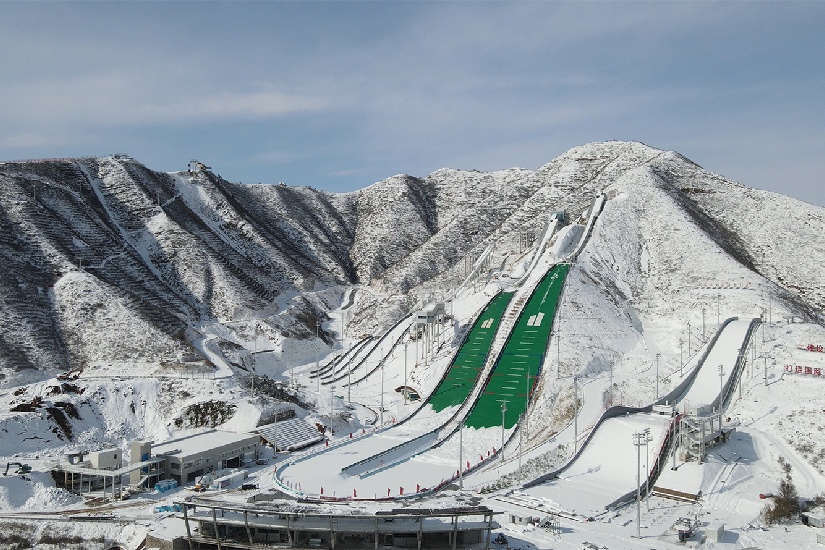
The architectural design of this ski jump is similar to a traditional ruyi scepter, a Chinese talisman, hence the venue is also known as “Snow Ruyi.” “Snow Ruyi” makes full use of the natural terrain, with the valley, drop, and shape all meeting the requirements of competition. The angle of the building also allows athletes to have a broader view, even overlooking the nearby Great Wall!
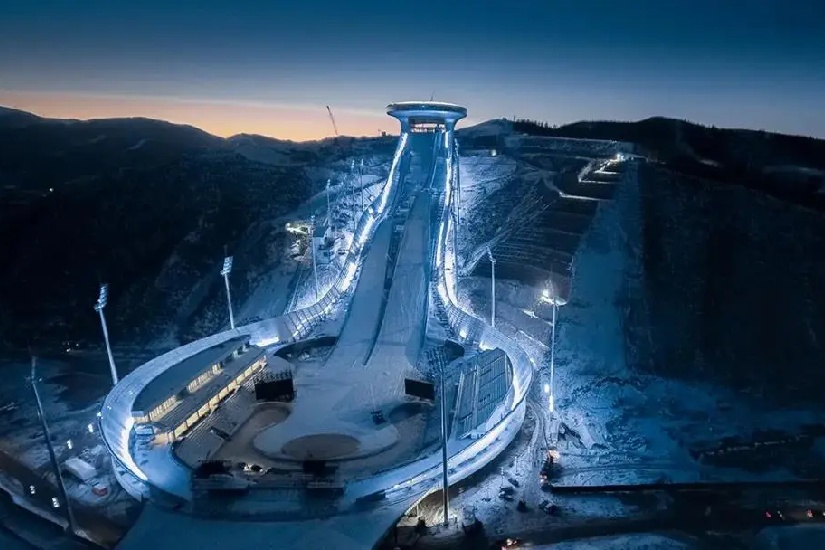
“Xue Ruyi” is China’s first ski jumping venue that meets international standards, with the world’s longest ski jumping track today. After the Winter Olympics, the venue will be used to host large cultural events and competitions.
“Ice Ribbon” – National Speed Skating Arena
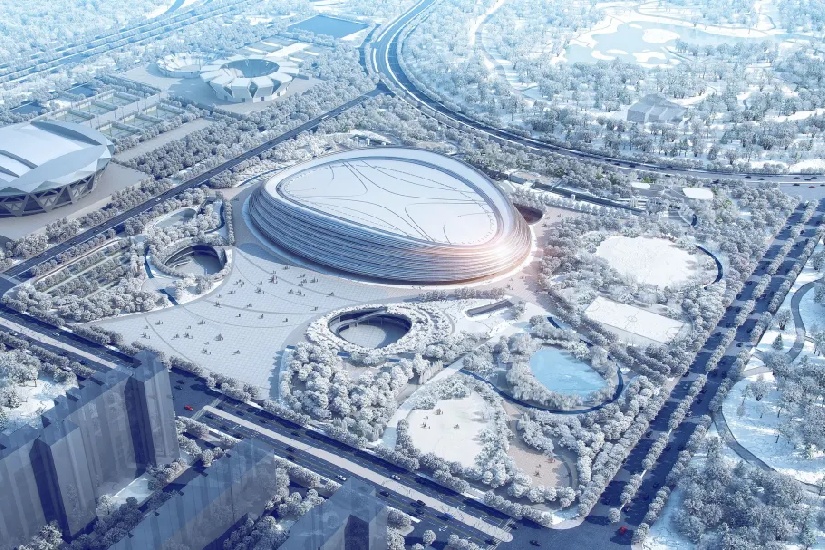
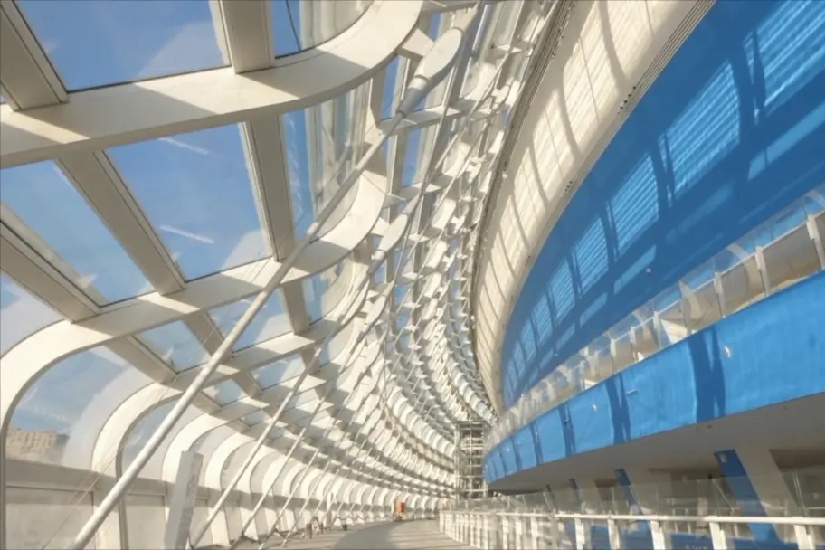
The National Speed Skating Pavilion is the only new venue built for the Winter Olympics in Beijing Olympic Park (the Olympic Park built for the 2008 Olympics), where competitions and training for ice skating, ice hockey, curling, and other events will be held. This sports venue is built on the site of the hockey field and archery field of the 2008 Olympics, and because of its design resembling a graceful ribbon, it is known as the “Ice Ribbon.”
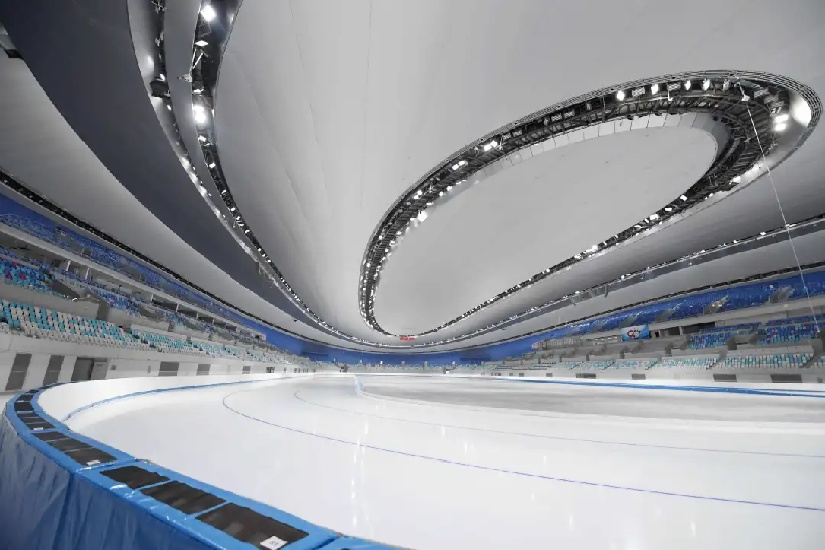
“Ice Ribbon” covers an area of approximately 80,000 square meters, with 12,000 square meters of ice surface, setting a record as the largest in Asia. It is surrounded by 22 sparkling curved glass curtain walls, combined with bright and transparent ultra-white glass.
Dunhuang “Snow Flying Sky” – Shougang Ski Jump
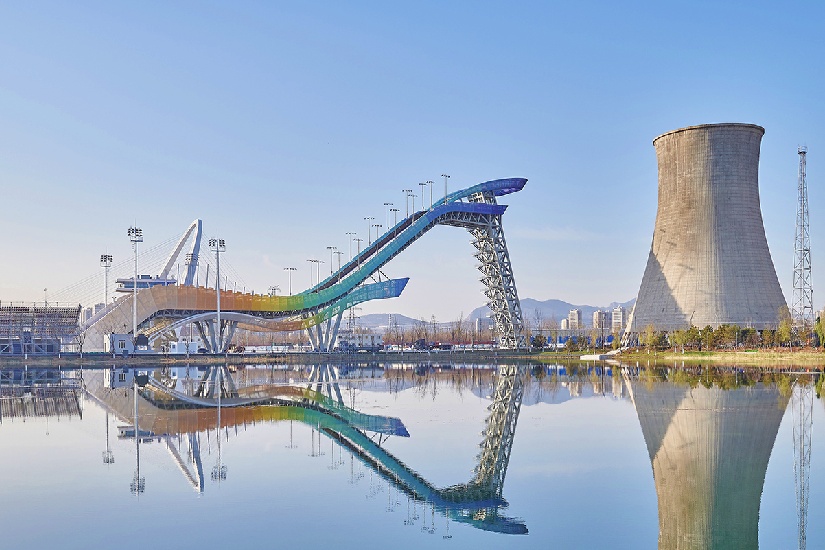
Shougang Ski Jumping Platform is the first competition venue in the history of the Winter Olympics to be directly combined with industrial heritage reuse. It is the world’s first permanent ski jumping platform to be preserved and used.
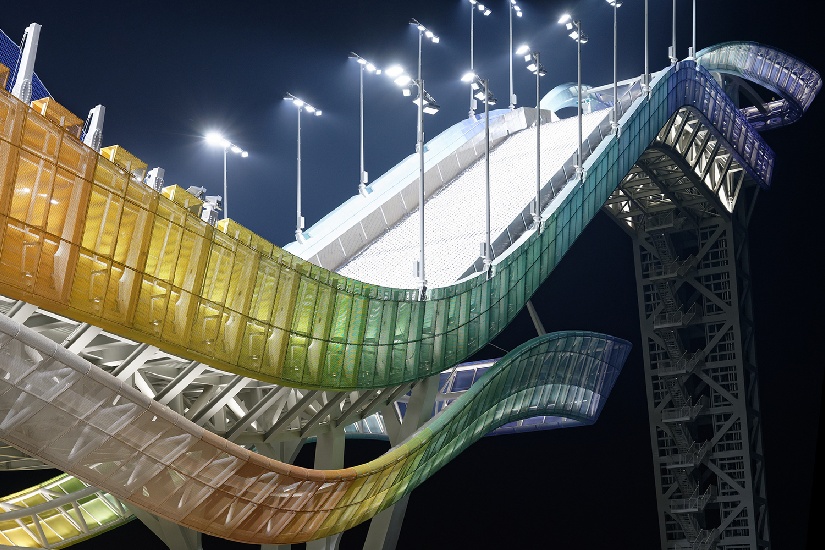
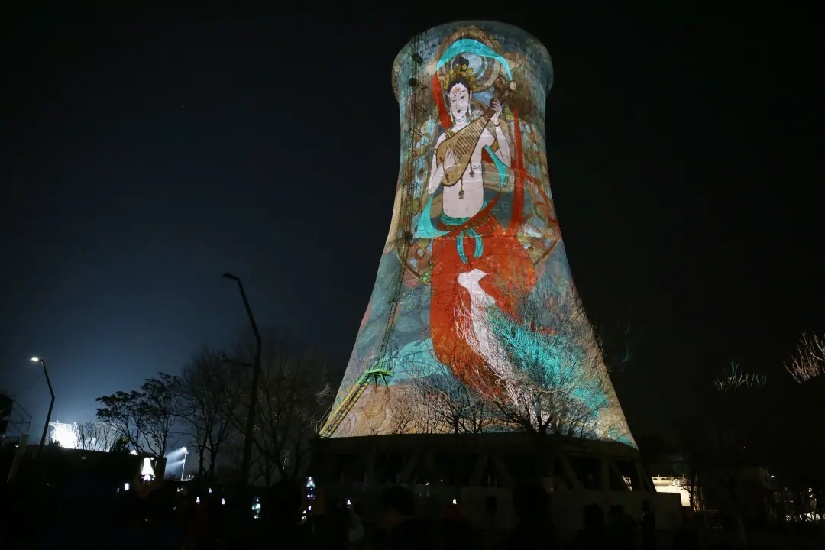
The design of the Shougang Ski Jumping Platform incorporates elements of the Chinese traditional and world cultural heritage Dunhuang murals’ “Flying Apsaras.” The meaning of “Flying Apsaras” and the English term Big Air for the ski jumping event both imply leaping and flying in the air, and the curves of the flying apsaras are very compatible with the curves of the Shougang Ski Jumping Platform, making the architecture very beautiful and smooth. Therefore, it is named “Snow Flying Apsaras.” From the outside, the venue is covered with colorful perforated aluminum plates, inspired by the emblem of the Winter Olympics, with a total of 24 colors from blue to yellow, making it more eye-catching in the architectural complex.
Learn more: 2022 Beijing Winter Olympics
Image source: ArchDaily, Internet

